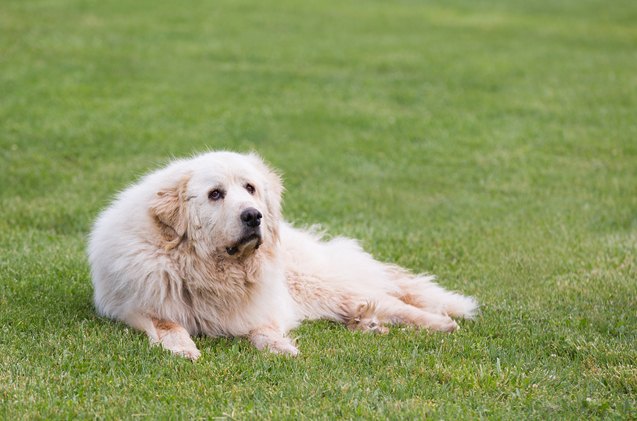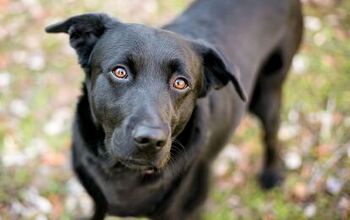6 Frequently Asked Questions About Canine Osteoarthritis

As your dog gets older, his risk for developing certain health problems increases. One of the conditions your dog may be at risk for is called canine osteoarthritis, also known as degenerative joint disease. If your dog has been diagnosed with this condition, you may find yourself asking a few questions – here are the top six questions asked about canine osteoarthritis as well as their answers.
- What is canine osteoarthritis?
Canine osteoarthritis is characterized by the progressive deterioration of the cartilage surrounding a dog’s joints. This deterioration is permanent and it is most likely to affect senior dogs. Technically, canine osteoarthritis is a form of arthritis because arthritis is defined as inflammation of the joints. In this particular case, the joint inflammation is caused by deterioration of the joint cartilage – that is why it is called osteoarthritis.
Related: What Is Hip Dysplasia In Dogs?
- What are the most common symptoms of canine osteoarthritis?
The symptoms of canine osteoarthritis may vary from one dog to another depending how advanced the condition is and which joints it affects most. The most common symptoms for this disease include reduced activity level, stiff gait, and occasional lameness. These symptoms frequently become worse after periods of exercise, following long periods of inactivity, and in cold weather. As the condition worsens, some dogs develop spots that are painful to the touch. Depending on the dog’s level of pain, he may also develop behavioral changes such as growling, avoidance, or hiding.
- What causes canine osteoarthritis?
Unfortunately, the cause for primary canine osteoarthritis is unknown. Secondary canine osteoarthritis, on the other hand, is typically the result of trauma, abnormal wear on the cartilage and joints, or a birth defect such as a malformed joint. Obesity is also a factor in secondary canine osteoarthritis because the extra weight increases stress on the dog’s joints.
Related: Is Diatomaceous Earth Better Than Glucosamine for Your Dog’s Joints?
- How does a veterinarian diagnose canine osteoarthritis?
In order to make a diagnosis of canine osteoarthritis, your veterinarian will consider your dog’s history of symptoms and he will perform a physical examination. During the exam, your vet will check for decreased range of motion, altered gait, deformity of the joints, and pain or swelling in the joints. In some cases, x-rays may be taken to assess changes in the bones or joint damage.
- What are the treatment options for dogs with canine osteoarthritis?
The most common medical treatments for canine osteoarthritis is designed to alleviate symptoms. These may include surgical repairs such as reconstructive surgery, joint replacement or removal, and removal of bone fragments or cartilage fragments. Physical therapy is also helpful in alleviating the symptoms of canine osteoarthritis, as is exercise that helps to build muscle. Some dogs also benefit from anti-inflammatory drugs to help reduce joint pain and swelling.
- What changes should I make at home to help my dog?
In addition to following your veterinarian’s prescribed treatment plan, you can help your dog at home by limiting his activity to a level that doesn’t cause pain or aggravate his symptoms. It is important to keep your dog moving to keep the joints working, but don’t force him to exercise past his capabilities – walks are great, swimming is good, and active playtime is recommended as well. You should also make sure your dog has a comfortable bed that supports his bones and joints. Switching out his food and water bowls for elevated bowls may also make it easier for him to eat and drink.

Kate Barrington is the loving owner of two cats (Bagel and Munchkin) and a noisy herd of guinea pigs. Having grown up with golden retrievers, Kate has a great deal of experience with dogs but labels herself a lover of all pets. Having received a Bachelor's degree in English, Kate has combined her love for pets and her passion for writing to create her own freelance writing business, specializing in the pet niche.
More by Kate Barrington






















